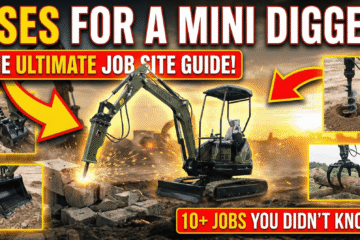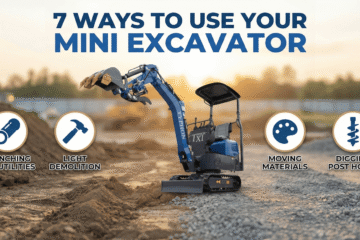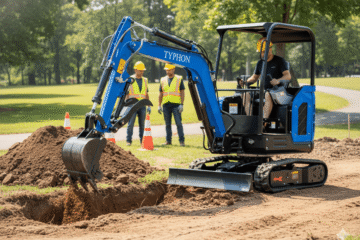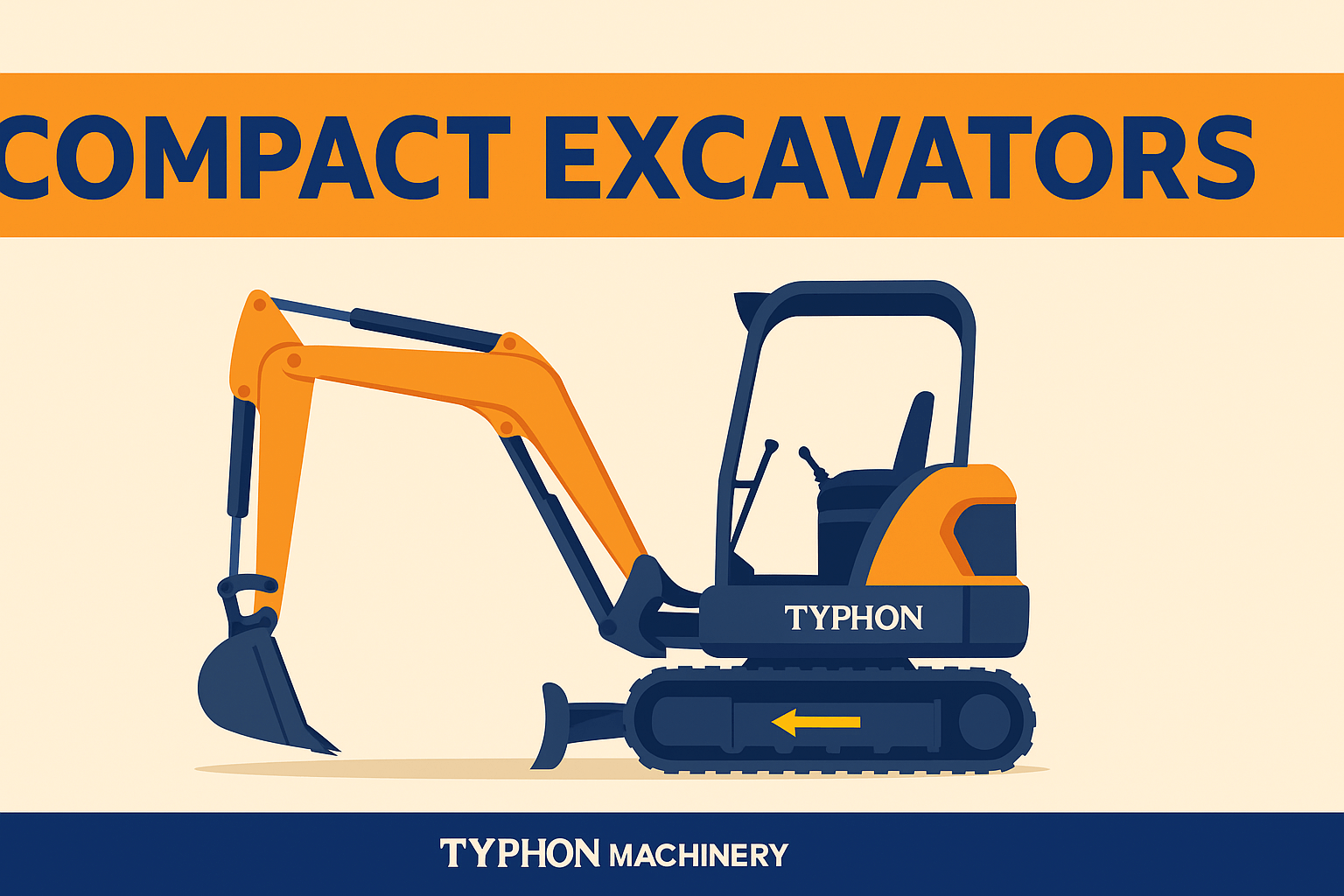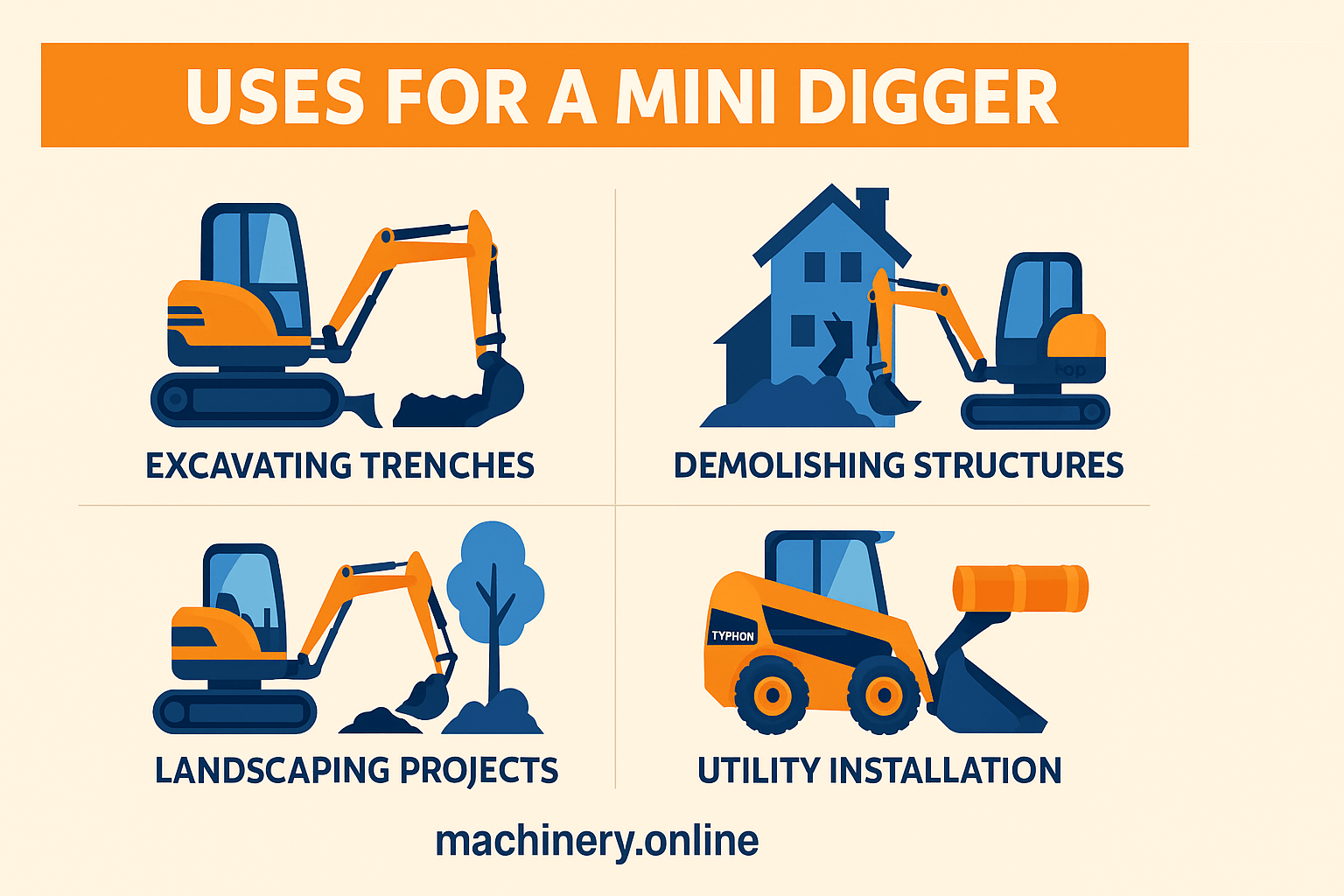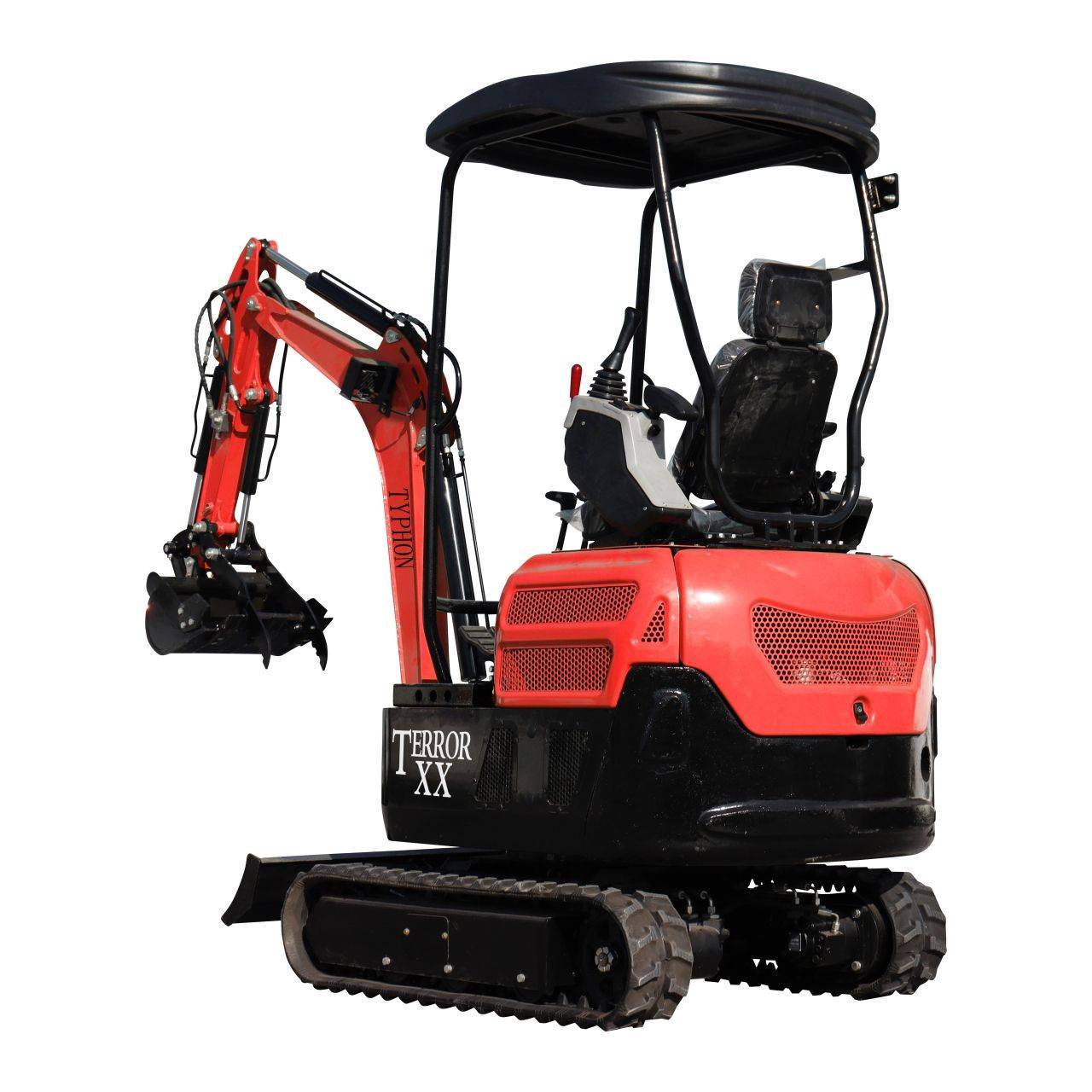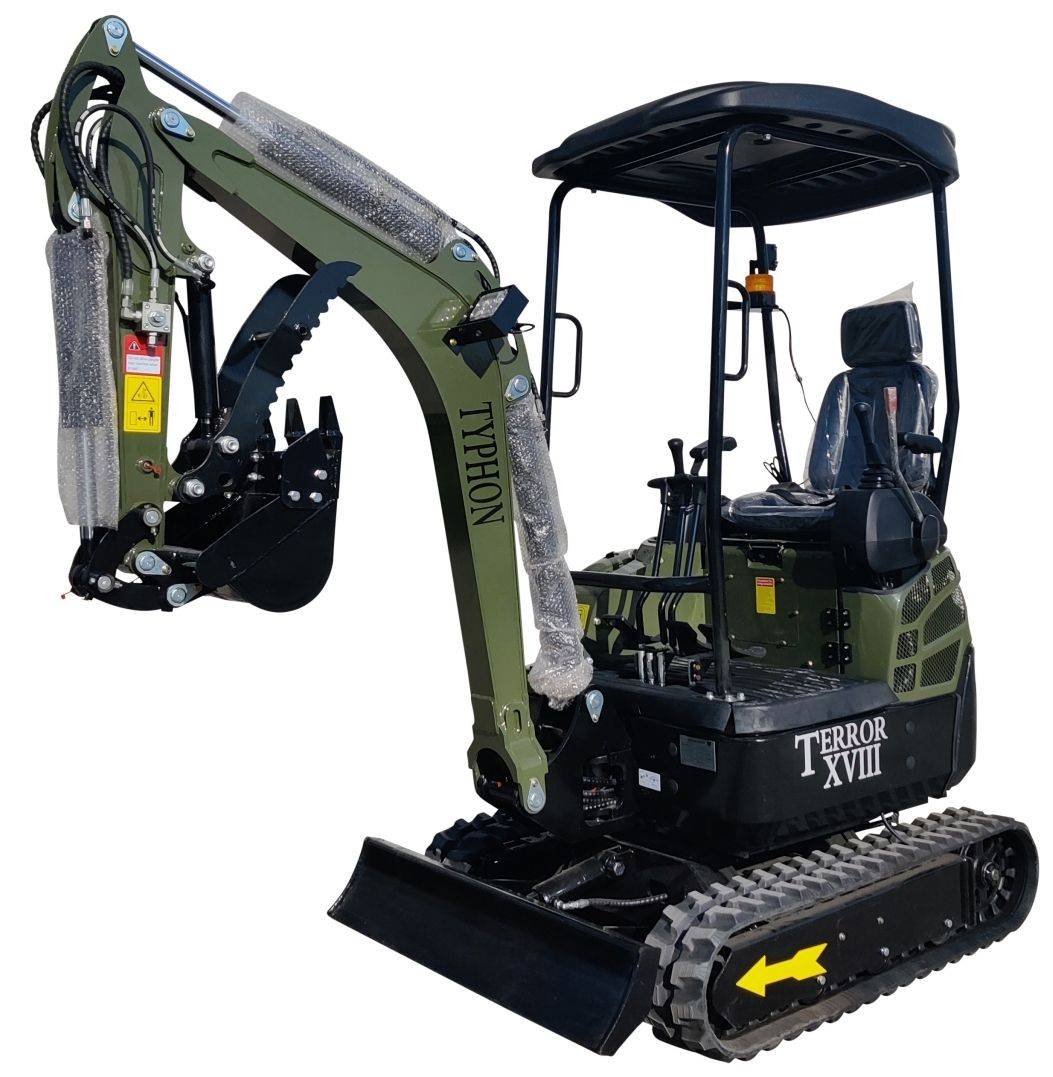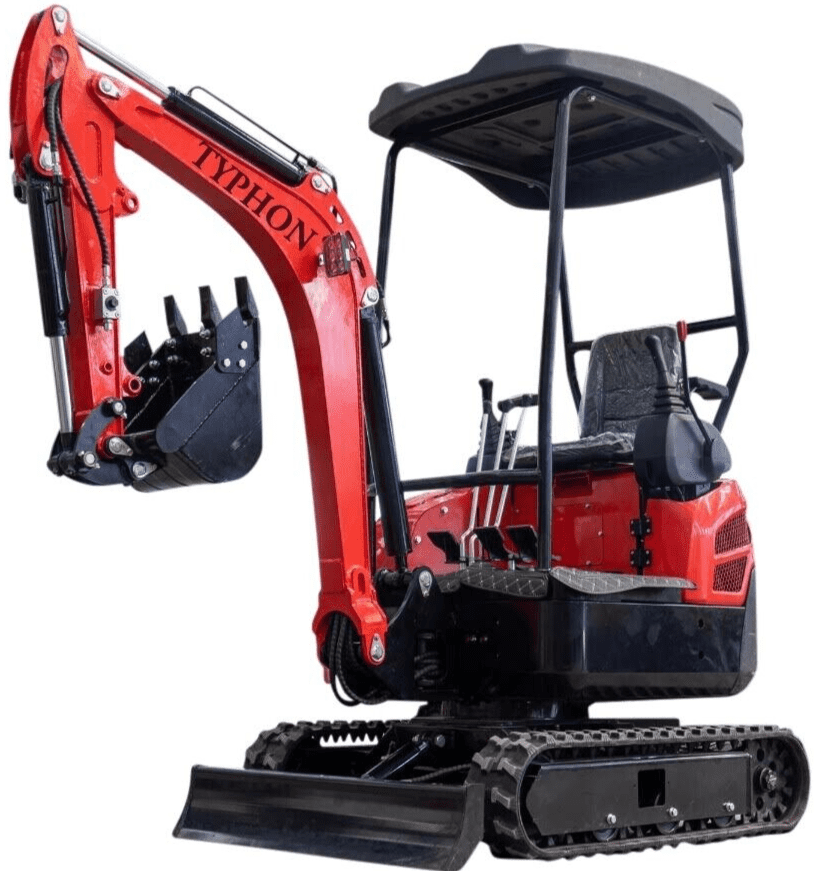
Mini Excavators: A Guide for Beginners
If you are new to the world of construction or landscaping, you might have heard of mini excavators. These machines are small, but they are very powerful and useful for many tasks. In this guide, we will explore what mini excavators are, their features, how to choose one, and some tips for using them.
What is a Mini Excavator?
A mini excavator is a compact machine that is often used for digging, lifting, and moving materials. Unlike larger excavators, mini excavators are designed to work in tight spaces. They are perfect for jobs in residential areas, landscaping, and small construction projects.
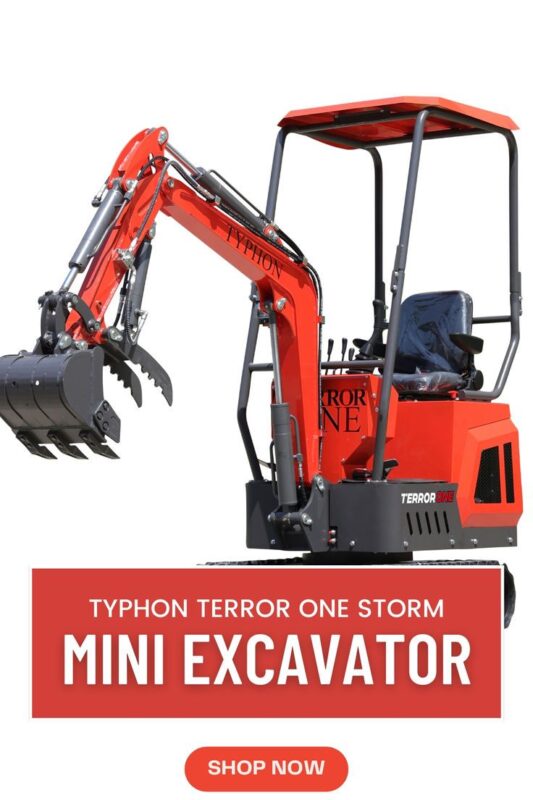
They usually have a rotating cab, a boom, and a bucket. The operator can control these parts to dig holes, remove dirt, or lift heavy objects. Despite their smaller size, mini excavators can handle a variety of tasks efficiently.
Features of Mini Excavators
Below are the top features
Size and Weight
Mini excavators typically weigh between 1,500 to 10,000 pounds. Their compact size allows them to fit into small areas where larger machines cannot go.
Digging Depth
Most mini excavators can dig up to 10 feet deep, depending on the model. This depth is usually sufficient for many landscaping and construction projects.
Hydraulic System
Mini excavators use hydraulic systems to power their movements. This allows for smooth and precise operation, making it easier to handle delicate tasks.
Attachments
Many mini excavators can use various attachments, such as buckets, augers, or grapples. This versatility allows them to perform different tasks beyond just digging.
Operator Comfort
Modern mini excavators come with comfortable cabins, ergonomic controls, and good visibility. This also makes it easier for the operator to work for long periods without feeling fatigued.
Tips for Using a Mini Excavator
Here are some tips to help you get started.
- Read the Manual: Before you use the machine, read the operator’s manual. It contains important safety information and operating instructions.
- Practice Safety: Always wear safety gear, such as a hard hat and steel-toed boots. Be aware of your surroundings and keep bystanders at a safe distance.
- Start Slow: If you are a beginner, then take your time to get used to the controls. Practice moving the machine and operating the boom and bucket in an open area before starting work.
- Maintain the Machine: Regular maintenance is vital for keeping your excavator in good working condition. Check fluid levels, inspect for leaks, and clean the machine after use.
- Know Your Limits: Understand what your mini excavator can and cannot do. Avoid overloading the machine, as this can cause damage or accidents.
Final Thoughts
They are powerful tools that can make many tasks easier, especially in tight spaces. Whether you need one for landscaping, construction, or maintenance, understanding the features and how to operate them safely is essential. By following this guide, beginners can learn the basics and feel more confident in using them.


